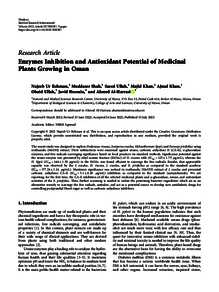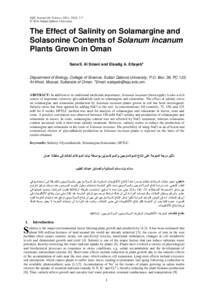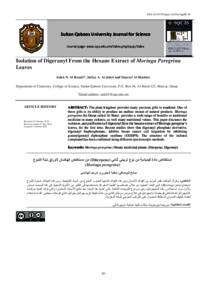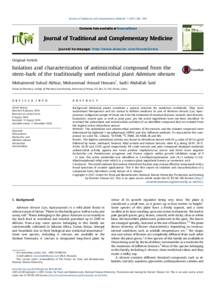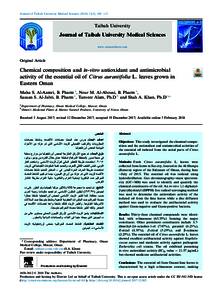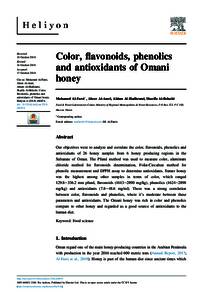وثيقة
Enzymes inhibition and antioxidant potential of medicinal plants growing in Oman.
المعرف
DOI: 10.1155/2022/7880387
المصدر
BioMed Research International. v. 2022, 7880387
المساهمون
Shah, Muddaser., مؤلف
Ullah, Saeed. , مؤلف
Khan, Majid. , مؤلف
Khan, Ajmal. , مؤلف
Ullah, Obaid. , مؤلف
Hussain, Javid. , مؤلف
Al-Harrasi, Ahmed. , مؤلف
الدولة
United Kingdom.
مكان النشر
London
الناشر
Hindawi Limited.
ميلادي
2022-01-01
اللغة
الأنجليزية
الملخص الإنجليزي
The recent study was designed to explore Dodonaea viscosa, Juniperus excelsa, Helianthemum lippii, and Euryops pinifolius using methanolic (MeOH) extract. Their subfractions were examined against urease, carbonic anhydrase II (CA-II), α-glucosidase enzymes, and free radicals scavenging significance based on local practices via standard methods. Significance potential against the urease enzyme was presented by ethyl acetate fraction (EtOAc) of D. viscosa with (IC50=125±1.75 μg/mL), whereas the H. lippii (IC50=146±1.39 μg/mL) in the EtOAc was found efficient to scavenge the free radicals. Besides, that appreciable capacity was observed by the J. excelsa, D. viscosa, J. excelsa, and E. pinifolius as compared to the standard acarbose (IC50=377.24±1.14 μg/mL). Maximum significance was noticed in methanolic (MeOH) extract of J. excelsa and presented carbonic anhydrase CA-II (IC50=5.1±0.20 μg/mL) inhibition as compared to the standard (acetazolamide). We are reporting, for the first time, the CA-II inhibition of all the selected medicinal plants and α-glucosidase, urease, and antioxidant activities of the E. pinifolius. Thus, further screening is needed to isolate the promising bioactive ingredients which act as an alternative remedy to scavenge the free radicals, antiulcer, and act as a potential source to develop new antidiabetic drugs for controlling postprandial blood sugar as well as carbonic anhydrase inhibitors.
ISSN
2314-6133
URL المصدر
قالب العنصر
مقالات الدوريات

